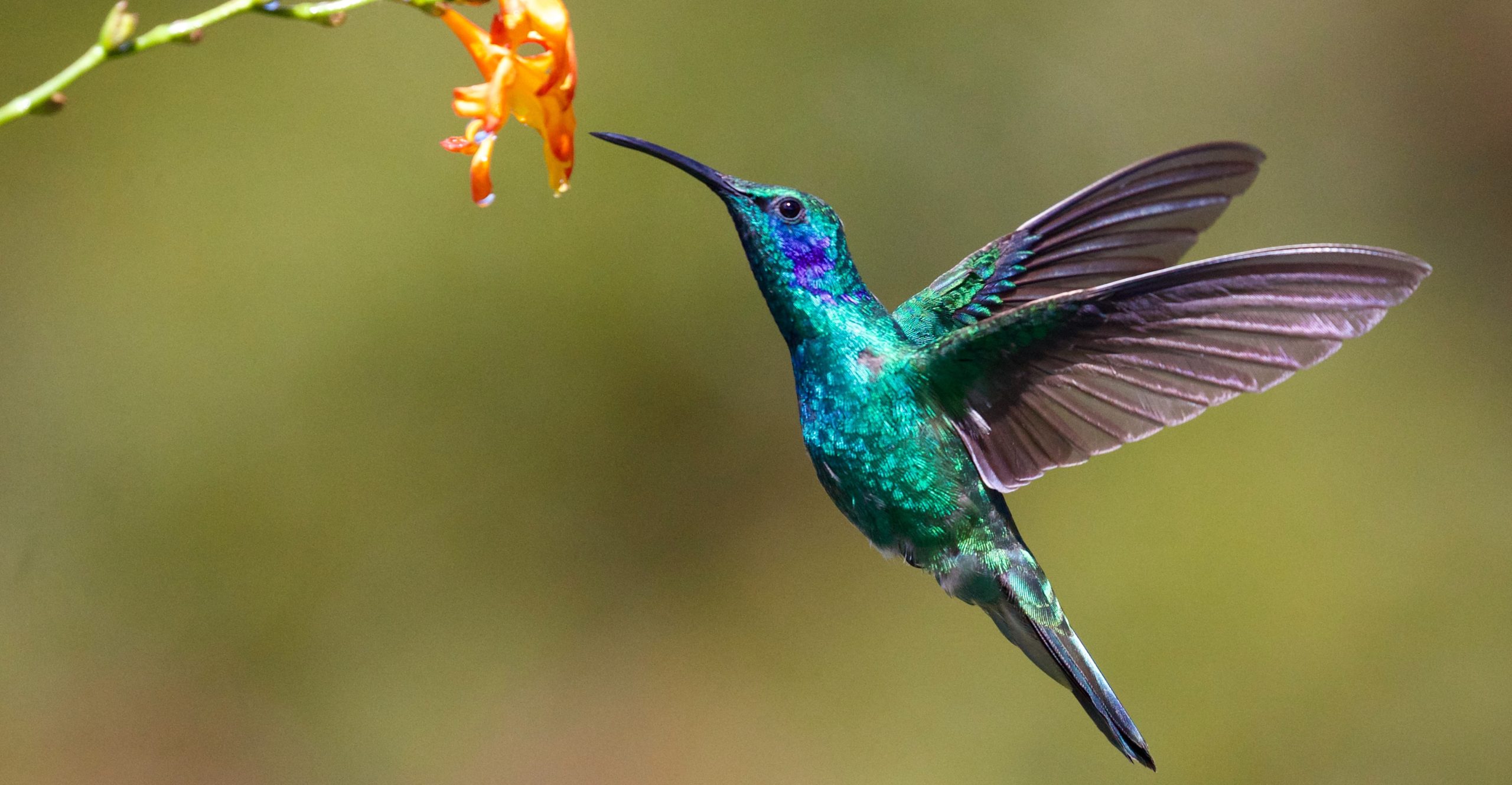St. Patrick’s Day, March 17, was the first day I took my three-year-old niece and six-year-old nephew on their morning walk. It was the second day of lockdown for us in New York State, the day after our schedules and plans and habits became as jumbled as a patch of shamrocks.
Suddenly my sister, a mother of four, had two older children at home requiring third- and fifth-grade instruction. She was only too happy to give me the younger ones for an hour. I was grateful to be living with my sister and her family as the waves of the pandemic reached us.
We are lucky to live at the edge of a large wood with plenty of trails. Also within easy walking distance: the cemetery where my mother was buried eighteen months ago.
Since her death, I have struggled to find my place in the world. Even though I was prepared for it, her absence had immediate and real consequences in my life: For two years, I had given up all other activities to care for her full-time. Though I’d anticipated grief, I thought I would enjoy the renewed freedom when she was gone. Instead, I found myself grappling with a great emptiness.
In the wake of her death, I moved to a new house and started a new job. Habits were harder to restart. Caregiving had so stretched me that the loss of those responsibilities left me limp and sluggish, like a sailboat hitting the doldrums. Motivation disappeared, especially if there was no urgency pressing me forward to complete a task.
Friends and church members—and of course my dad and two beloved sisters—reached out with support and prayers. But there was a change, an internal process that needed to work in me. Only time and God could help.
Now, as I observe my niece and nephew on our walks, I realize that they, too, are experiencing a child-sized grief. Their lives have been upended from one day to the next for reasons they can only dimly grasp. They miss their friends and routines. My niece, the youngest in the family, is suddenly at home all day with her older siblings: they interrupt her, pick her up, talk “cute” to her, and laugh at the funny things she says. My nephew is quiet and accommodating at home; his lively side came out in kindergarten. In this busy household, he blends into the background and his needs are in danger of being overlooked.
They are processing the changes. Sometimes they are very quiet, sometimes they are boisterous and hard to rein in. Sometimes they are impossibly naughty, bucking my every attempt to set boundaries. It is as if, watching them, I am looking at myself and my moods in miniature—all of us standing in a spring shower, staring upward into the rain, trying to make sense of things too cosmic to comprehend.
It is as if, watching them, I am looking at myself and my moods in miniature—all of us standing in a spring shower, staring upward into the rain, trying to make sense of things too cosmic to comprehend.
For the first few days, we took our walks through the forest, exploring trails and reveling in the novelty of it all. Then we frequented our favorite woodsy hideouts, playing house with logs and sticks and stumps. Lately, we have been circling back again and again to the cemetery. This was not my idea; I think I suggested it once, to check on my mother’s grave after the last snow had melted. My niece—and especially my nephew—latched on to the idea with an enthusiasm that surprised me.
For them, it is a completely natural place to be. They were there when their “Oma” was buried. They helped paint her casket—lovingly handcrafted by carpenters from our Christian community—the day before the funeral, decorating it with flowers and stars. My nephew calls it “Oma’s box.” They watched men from our church lower her casket and shovel earth over it. They helped lay flowers on the mound when the men were finished. The following spring, we planted bulbs and flowers on her grave. It is a familiar place.
Still, I had thought they’d moved on. Cemeteries are not, I thought, like play areas or trails where you do something; they are places where you just be. I was wrong. Turns out, there is a lot you can do in a cemetery. And there is a lot that a cemetery does to you.
Turns out, there is a lot you can do in a cemetery. And there is a lot that a cemetery does to you.
An evergreen hedge surrounds the graveyard, screening it from a nearby road. The first time we went there this year, my nephew asked why the hedge hides the garden. In his mind, it’s a place of pride that should be visible to all. How do I explain the concept of reverence to a six-year-old? He’d just read The Secret Garden, which gave me an idea. “It’s a special place,” I said, “a bit like the Secret Garden. It’s a place we go when we want to think, to be by ourselves.” “Hey!” he exclaimed, “this can be our secret garden!”
“Auntie, can we go to Oma’s grave today?” my nephew tugs my hand eagerly. On the way there, he suddenly stops, wonder spreading across his face. “Auntie, look! This is the first one to bloom this year!” he shouts as he stoops to pick a sprig of bright yellow mustard weed. There’s no way that I can say it’s just a common wildflower; instead, I delight as if it were the finest rose. “We should bring it to Oma’s grave! I’ll have to put it in a place where everyone can see it!”. He is jumping up and down now with pride. He has found this treasure to bring his Oma.
Once there, he kneels at the grave, carefully poking a hole for the mustard in front of the headstone, then “planting” it. Meanwhile, my niece is using the scissors I’ve brought along to deadhead the flowers. I have to watch her carefully: she can get carried away and go after the fresh blossoms too. She discovers a nearby rosebush with last year’s blooms still on it and starts working on that.
I show them a gate in the hedge that opens to a compost pile for our clippings. They are enthralled. This truly is a magical place. They rush back to snip more so they’ll have more clippings to bring. We walk up and down the rows of graves, carefully noting the flowers on each, learning their names. With an air of authority, my nephew says, “Oma’s grave is the most beautiful. It has the most different colors on it!” (Last spring we planted a mix of tulips, all of which are now blooming.) My niece counts the thirteen of them and proudly declares, “Seven!”
While my niece makes herself comfortable on a bench and refuses to move, a clump of blue flowers spilling from the borders of another grave catches my nephew’s eye. Forget-me-nots. “Auntie, we have to plant that kind on Oma’s grave!” I explain that it’s not possible to transplant blooming flowers; we’ll have to get some seeds. But he insists. Eventually, we bring down a trowel and carefully loosen one plant from the profusion that is not, technically, on any grave. We (dubiously on my part) plant it on Oma’s grave. He wants me to take a photo of his handiwork. I do.
The next day, we go down to check on our new charges, the forget-me-nots. They’ve taken root: as fresh as if they’ve always been there. A small miracle.
Soon, the children are making plans for all the other flowers we absolutely must plant. The list is ambitious, the flower varieties are not: lily of the valley, mustard weed (of course), common lungwort with its blue and pink blossoms (also called Mary-and-Joseph flower), and golden cowslips (keys of heaven). Unbeknownst to them, the lowly plants on their wish list are deeply symbolic. Lily of the valley represents Jesus and purity; mustard weed, faith (even faith as small as a mustard seed); Mary-and-Joseph flower, obedience to God’s will; cowslips, the love of heaven. But what these blooms symbolize and how all of them will fit on Oma’s already flower-crowded grave is naturally of little concern. The main thing is that she ends up with the most impressive display they can conceive. This is what paradise must be like: purpose, children, flowers, security, peace.
One day, my nephew sees a grave with two names on it, a husband and wife. “So,” he remarks, “two boxes, stacked on top of each other.” It is a statement, not a question. He knows just how it works. He does not know yet—thank God—the fearsomeness of death.
How is it that during this time of crisis and suffering—this time of death—I am experiencing such joy? I have grappled with the paradox. To be sure, I have shed my share of tears, and pain is not a complete stranger. But it seems out of sync, almost perverse, to be finding healing at a time when so many hearts are being torn wide open and when people are dying alone and in agony.
How is it that during this time of crisis and suffering—this time of death—I am experiencing such joy?
When my mother died, I wanted there to be an easy restorative, a simple fix to bind up my broken heart. Up until then, most of life’s problems had been that way: wait a bit, pray a bit, and sooner or later the answer will come. But grief, I learned, is different. There is no answer. Of course, there is the resurrection, and I believe my mother is with Jesus. Still, grief exists. There is an ache that does not go away.
It is as if, in grief, I am united to every other person who has lost a loved one, like a society that no one wants to join, but which there is no avoiding. I have been desperate to leave that society, to be whole again. Slowly, I am learning that my brokenness is okay, even good.
Now I think of all those families, all those sons and daughters and fathers and mothers who are grieving. Their pain will be magnified by the aloneness of their loved ones, and the unexpected manner of their illnesses and deaths, by the fact that they were not able to caress or hold them, nor—in many cases—to attend a wake or funeral. They face a rocky path.
And I think of the many workers performing essential, life-sustaining tasks, while the rest of us wrestle with the question: What does this moment ask of me? Doctors and nurses, especially, will be deeply scarred by their experiences. At the very least, they deserve our prayers. Mother Teresa’s well-known words come to mind: “We cannot all do great things. But we can do small things with great love.”
Perhaps that is why we are tending Oma’s grave. It is a very small thing, irrelevant to the fight against the pandemic. But it is also a sacred act of love in a sacred space. As such, it is not insignificant. We are drawn to it again and again because that is how we can best pray. Speaking of Jesus, Isaiah prophesied that “a little child will lead them” (Isaiah 11:6), and these little children are mirroring Christ. Each flower we clip, or count, or plant is a little blossom carried in prayer to that place where there will be no more sorrow or crying (Revelation 21:4). There, every heart will be healed.





